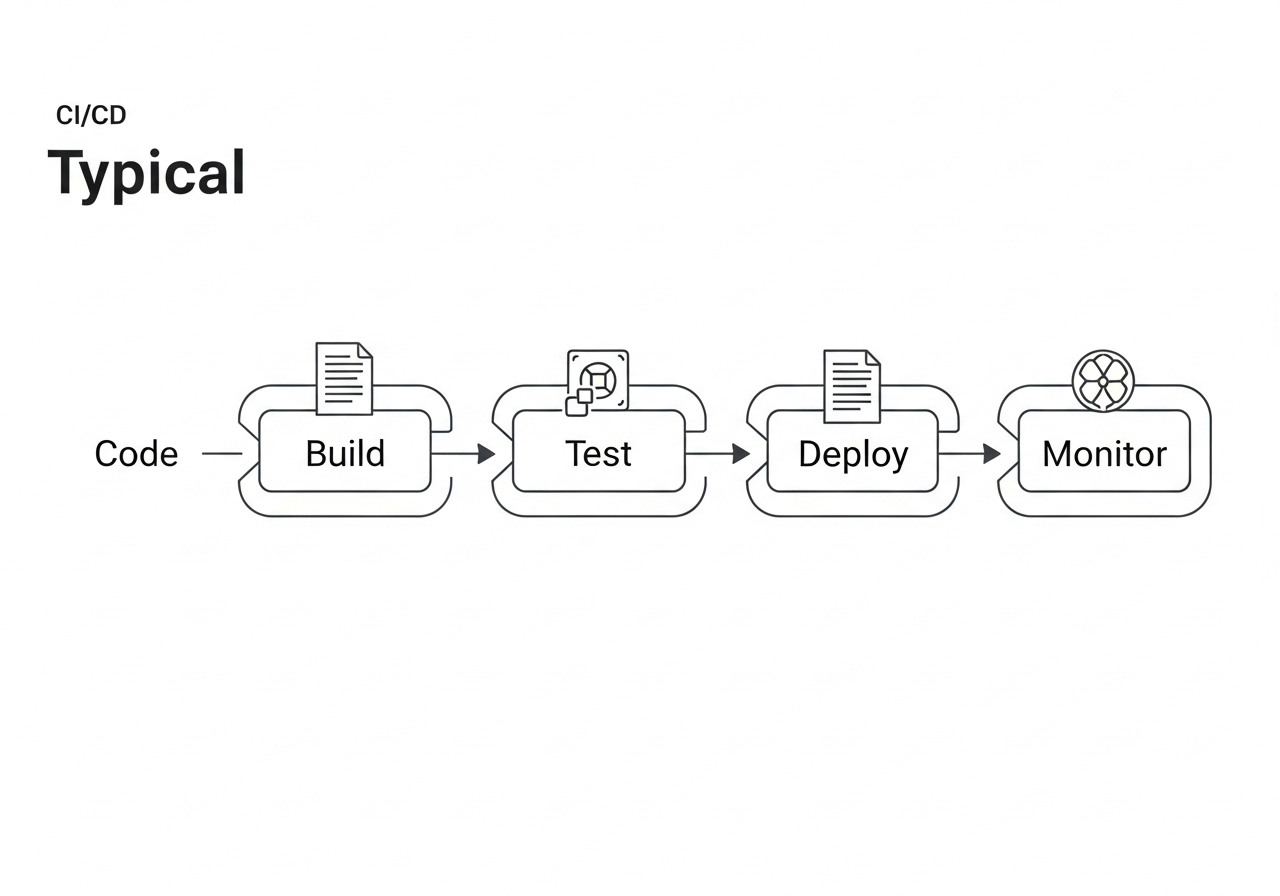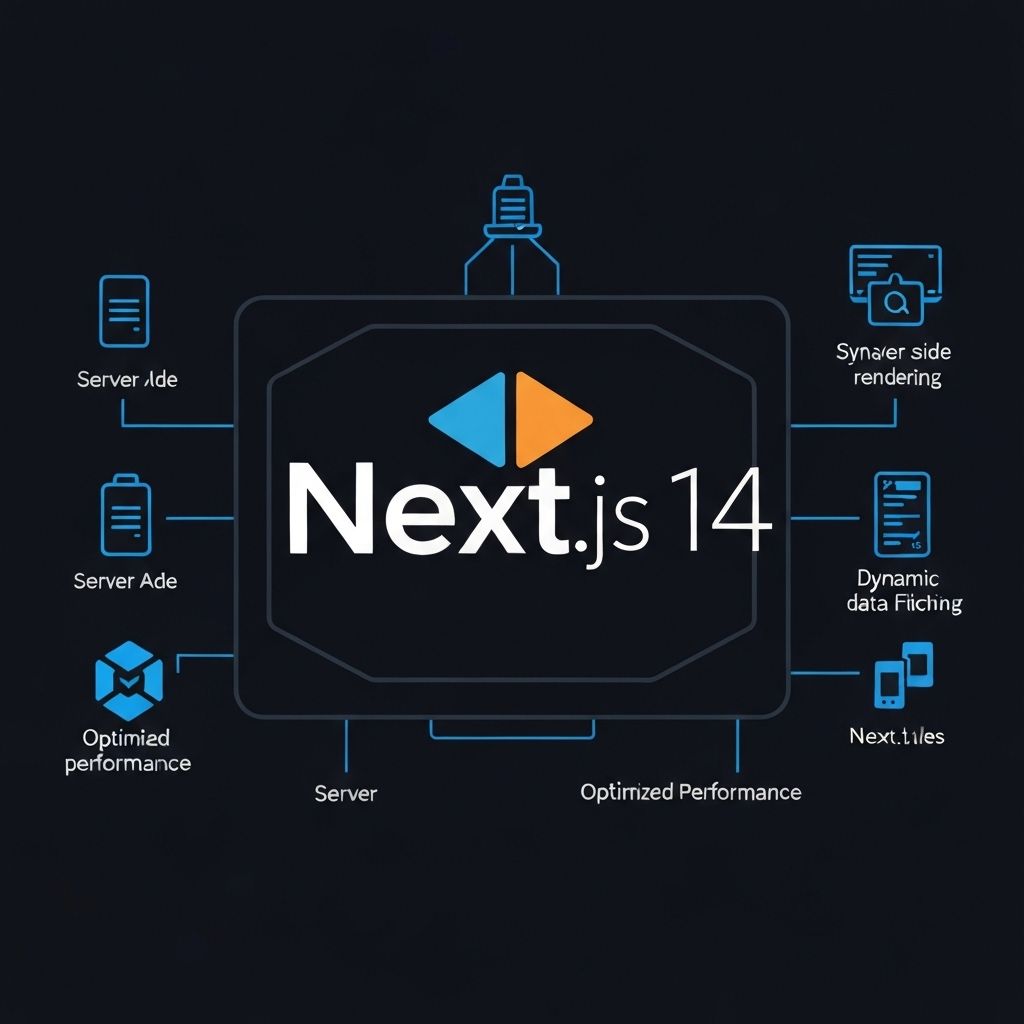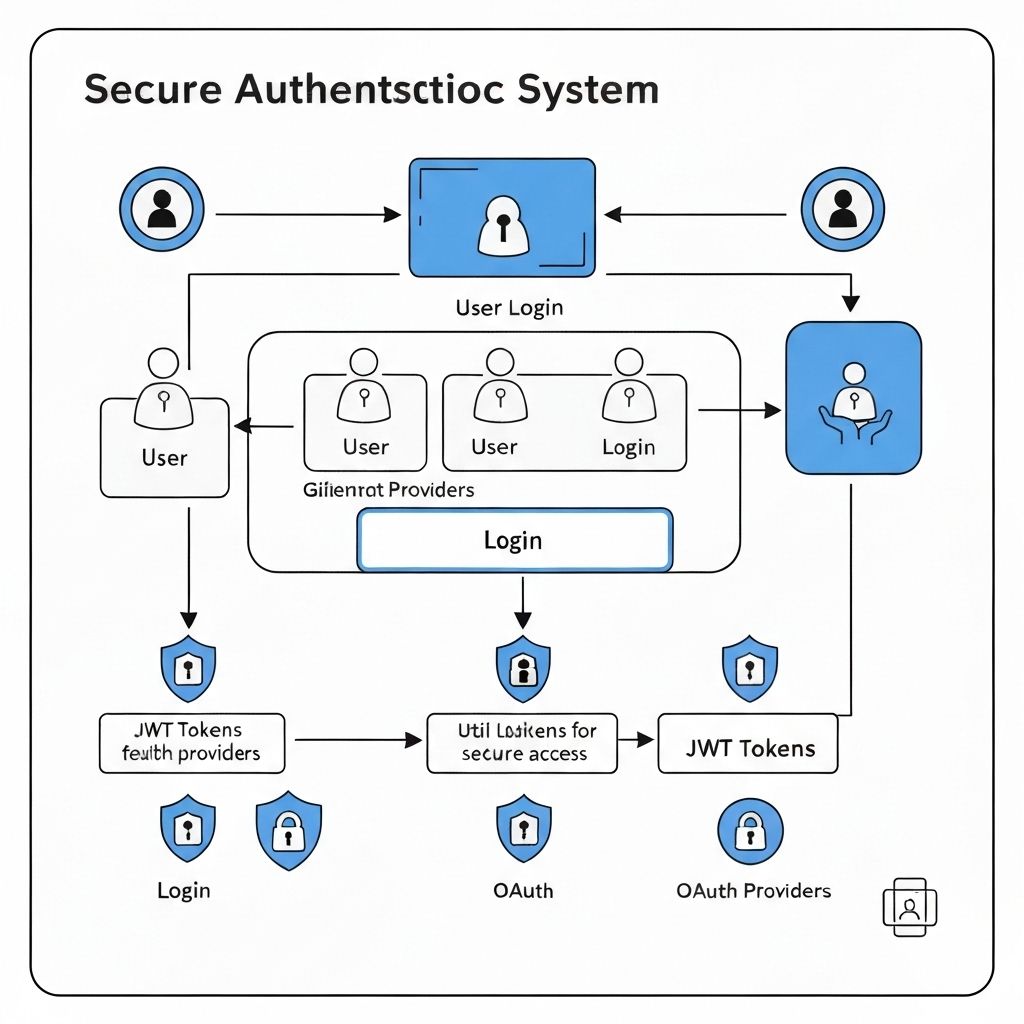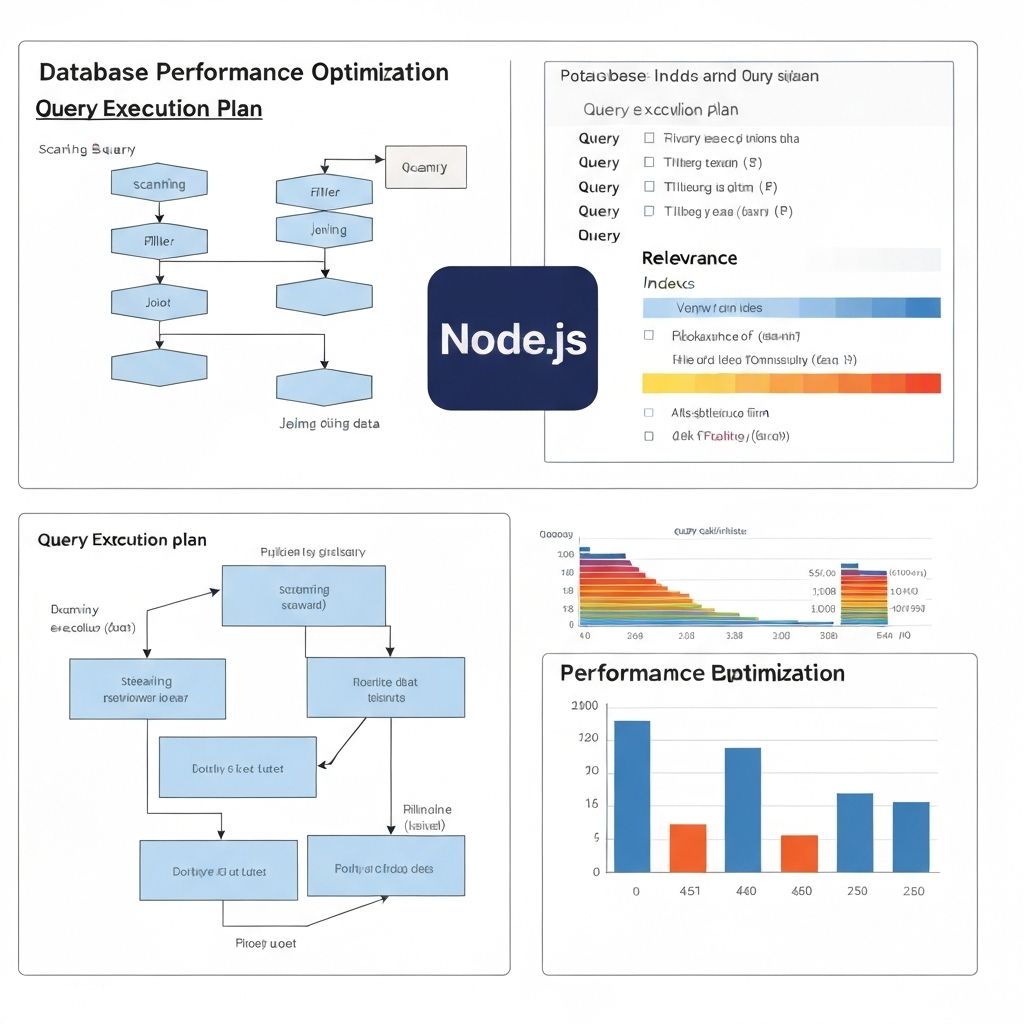From Code to Production: The Foundation of Seamless CI/CD

I. Introduction
The modern software development landscape is characterized by rapid innovation, continuous delivery, and an ever-increasing demand for high-quality, reliable applications. In this dynamic environment, the traditional silos between development and operations teams have proven to be significant bottlenecks, hindering efficiency and slowing down the pace of innovation. Enter DevOps, a cultural and operational paradigm shift that seeks to bridge this divide, fostering collaboration, communication, and automation across the entire software delivery lifecycle.
Continuous Integration and Continuous Delivery (CI/CD) are at the heart of a successful DevOps implementation. CI/CD is not merely a set of tools or technologies; it is a critical approach that automates building, testing, and deploying software. This ensures that code changes are integrated frequently, validated thoroughly, and delivered swiftly and safely. Any aspiring or seasoned DevOps engineer must have a deep understanding of CI/CD principles, as these principles are vital for career progression and for making a significant impact within an organisation.
In this first part of our series, "From Code to Production: A DevOps Engineer's Guide to Seamless CI/CD," we will lay the essential groundwork by exploring the core concepts of Continuous Integration, Continuous Delivery, and Continuous Deployment. Understanding these foundational principles is essential for anyone seeking to master the art of modern software delivery and establish robust, efficient pipelines.
II. Understanding CI/CD: The Foundation of Modern DevOps
Today, CI/CD is a cornerstone in modern software development. It is changing how applications are built, tested, and delivered. When implemented effectively, CI/CD accelerates development, enhances quality, and fosters a culture of continuous improvement. To understand its true impact, you need to examine the separate yet closely linked components that make up CI/CD.
A. Continuous Integration (CI): The Heartbeat of Development
Continuous Integration (CI) is the foundational practice within the CI/CD paradigm. It advocates for developers to frequently merge their code changes into a central shared repository, typically multiple times a day. Each integration is then immediately verified by an automated build and a suite of automated tests. This practice is the 'heartbeat' of development because it ensures that the codebase is always in a healthy, integrated state, preventing the dreaded 'integration hell' that often plagues traditional development cycles.
Core Principles and Benefits:
At its core, CI operates on several key principles. Firstly, it emphasizes frequent commits, encouraging developers to integrate small, incremental changes rather than large, infrequent ones. This minimizes the complexity of merges and reduces the likelihood of conflicts. Secondly, every commit triggers an automated build process that compiles the code and packages it into an executable artifact. Thirdly, and crucially, automated tests are run against this newly built artifact. These tests typically include unit tests, which validate individual components, and integration tests, which ensure that different parts of the system work together as expected.
The benefits of CI are considerable. The most significant is the early detection of bugs and integration problems. Automated tests run on every commit, so issues are identified almost as soon as they are introduced. This makes fixes easier and less costly. In traditional approaches, integration issues may surface much later, resulting in difficult and expensive debugging. CI also provides developers with faster feedback; they know immediately if their changes break something or introduce an issue. This allows them to resolve problems quickly and work more efficiently. Rapid feedback leads to better code overall, as developers are motivated to write cleaner, more testable code. Ultimately, CI leads to a stable, reliable codebase, setting the stage for continuous delivery and deployment.
B. Continuous Delivery (CD): Ready for Release, Always
Building upon the robust foundation laid by Continuous Integration, Continuous Delivery (CD) takes the automated process a step further. While CI ensures that code is always integrated and tested, CD focuses on ensuring that the software is always in a deployable state, ready to be released to production at any given moment. It is a practice that automates the release of validated code to a repository, making it available for deployment to various environments, including staging and production.
Key Practices and Distinction from CI:
The primary distinction between CI and Continuous Delivery lies in their scope. CI is concerned with integrating and testing code changes within the development environment. Continuous Delivery, by contrast, extends this automation to the release process. This involves a series of automated steps that prepare the software for deployment, including automated testing across different environments (e.g., staging, UAT) and packaging the application for release. The goal is to have a codebase that is always ready for deployment, and for the deployment process to require minimal effort.
Key practices in Continuous Delivery include:
- Automated Testing: Beyond the unit and integration tests of CI/CD, the latter incorporates more extensive automated testing, such as system tests, performance tests, and security scans, across environments that closely mirror production. This ensures that the application functions correctly and meets non-functional requirements before release.
- Release Readiness: The CD pipeline creates a deployable artifact that has passed every automated check. This artifact is ready for manual approval and deployment to production. The operations team can deploy with confidence, knowing the application is fully validated.
Continuous Delivery empowers organizations to release new features and bug fixes frequently and reliably. It reduces the risk associated with releases by ensuring that every build is potentially shippable, allowing for quicker responses to market demands and customer feedback.
C. Continuous Deployment (CD): The Ultimate Automation
Continuous Deployment is the highest level of CI/CD automation. It builds on Continuous Delivery. Every change that passes through all stages of the pipeline is automatically released to production. No manual gate or human intervention is needed.
Prerequisites and When to Use It:
While highly desirable for its speed and efficiency, Continuous Deployment is not suitable for all organizations or applications. It demands an extremely high level of confidence in the automated testing suite and monitoring systems. The prerequisites for successful Continuous Deployment include:
- Robust Automated Testing: The automated test suite must be comprehensive and highly reliable, capable of catching virtually all defects before they reach production. Any failure in testing directly translates to a faulty release.
- Extensive Monitoring and Alerting: Real-time monitoring of the production environment is crucial to detect any issues immediately after deployment. Automated alerts must be in place to notify teams of anomalies, and rollback mechanisms should be readily available.
- Mature DevOps Culture: A strong culture of collaboration, shared responsibility, and continuous improvement is essential. Teams must be comfortable with frequent, small releases and have the ability to quickly respond to and resolve production issues.
Continuous Deployment is typically adopted by organizations with mature DevOps practices, high-traffic applications, and a strong emphasis on rapid iteration and feedback. It minimizes the time between a developer writing code and that code being used by customers, enabling incredibly fast innovation cycles. However, the decision to implement Continuous Deployment should be carefully considered, weighing the benefits of speed against the potential risks and the organization's readiness to manage a fully automated release process.
III. Conclusion for Part 1
In this first installment of our series, we've established a fundamental understanding of CI/CD, exploring the distinct yet interconnected concepts of Continuous Integration, Continuous Delivery, and Continuous Deployment. Key takeaways are: CI/CD accelerates feedback, improves code quality, and enables reliable releases. Mastering these principles is the key step in building effective DevOps pipelines and excelling in modern software delivery.
In Part 2, we examine CI/CD tools in practice. We focus on Jenkins and GitHub Actions—two leading tools in the field. We will look at their features and use cases. You will learn what to consider when selecting a tool for your CI/CD pipeline. Stay tuned to see how these tools bring automation to life and enable seamless delivery.
References
[1] Red Hat. (2025, June 10). What is CI/CD?. https://www.redhat.com/en/topics/devops/what-is-ci-cd
Stevens Adedipe
Senior DevSecOps Engineer passionate about creating scalable and secure infrastructure.


